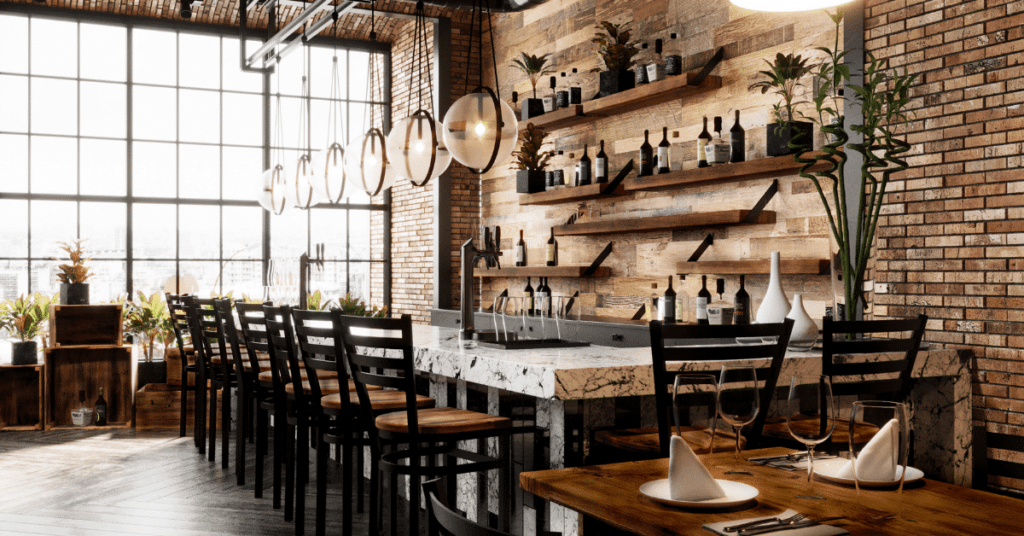Designing a functional and welcoming restaurant involves more than just great food and friendly service. The furniture you choose plays a significant role in defining your restaurant’s ambiance, maximizing space, and providing guests with a comfortable dining experience.
Whether you’re opening a new eatery or upgrading your current layout, sourcing high-quality restaurant furniture can make a lasting impact on your overall business success. From dining chairs and tables to booths and bar stools, selecting the right furniture requires a blend of practicality, durability, and design sense.
BALANCING STYLE WITH FUNCTIONALITY
Restaurant furniture should always reflect the theme and concept of your space. A rustic restaurant might benefit from wooden tables and warm tones, while a sleek, modern café may lean toward metal frames and minimalist seating. However, it’s not enough for the furniture to just look good—it must also support the daily operations of your restaurant.
Choose items that match the tone of your interior design but also allow staff and guests to move freely. Lightweight chairs, modular tables, and stackable options can enhance flexibility without compromising style. Functionality is especially important for high-traffic or fast-casual environments where efficiency is key.
COMFORT MATTERS MORE THAN YOU THINK
Customers spend a significant amount of time sitting during their meal, so comfort should be a priority. Well-cushioned seats, supportive backrests, and properly sized tables can significantly enhance the dining experience. Uncomfortable seating may lead guests to cut their visits short—and that’s something every restaurant wants to avoid.
When evaluating furniture, consider ergonomic design. Chairs should have adequate lumbar support, and tables should be at a suitable height to avoid discomfort. Booth seating, when paired with the right table height and padding, can offer both comfort and visual appeal.
CHOOSING MATERIALS THAT LAST
The restaurant environment is demanding—spills, scrapes, and constant use are part of daily life. That’s why material selection is crucial. Commercial-grade furniture is specifically designed to withstand the wear and tear of busy dining rooms, unlike residential options which may look similar but wear out quickly.
Popular materials include:
- Metal and aluminum for modern, durable frames.
- Wood for a traditional and warm feel.
- Vinyl and treated fabrics for easy-to-clean upholstery.
Always select materials that are easy to maintain, especially in high-turnover or family-friendly environments where spills are more frequent.
PLANNING YOUR LAYOUT STRATEGICALLY
A great layout allows your space to function smoothly while giving diners a comfortable amount of room. Start by measuring your dining area and deciding how many seats per square foot you can realistically accommodate without crowding. Mix and match different types of furniture, like standard tables, booths, and bar seating, to offer a variety of options.
Think about traffic flow as well. Staff should have clear pathways between tables, and there should be enough room for guests to move comfortably without bumping into furniture. Prioritizing space planning helps improve the dining experience and operational efficiency.
INVESTING FOR THE LONG RUN
While budget is always a consideration, cutting corners on restaurant furniture can end up costing more in the long term. Cheaper items may require frequent replacement or maintenance, while high-quality furniture will offer better performance and longer life.
It’s also wise to work with vendors who understand the needs of restaurants. They can help ensure the products you choose meet safety, comfort, and durability standards. Long-term savings come not just from fewer replacements, but also from reduced wear on floors and improved guest satisfaction.

